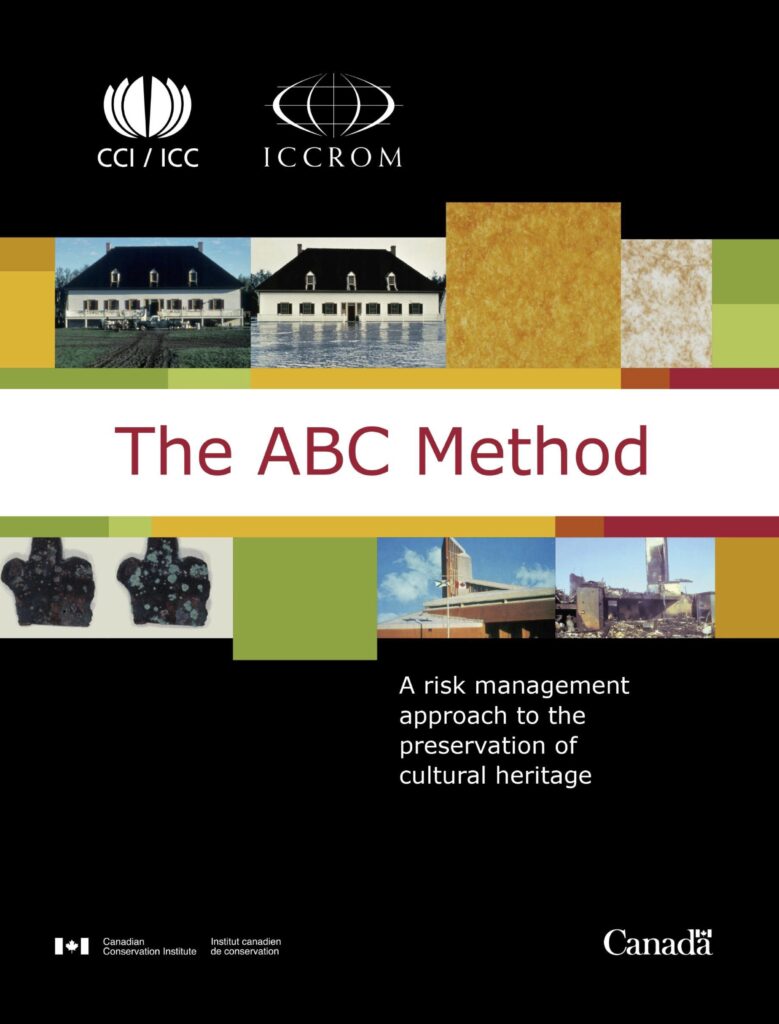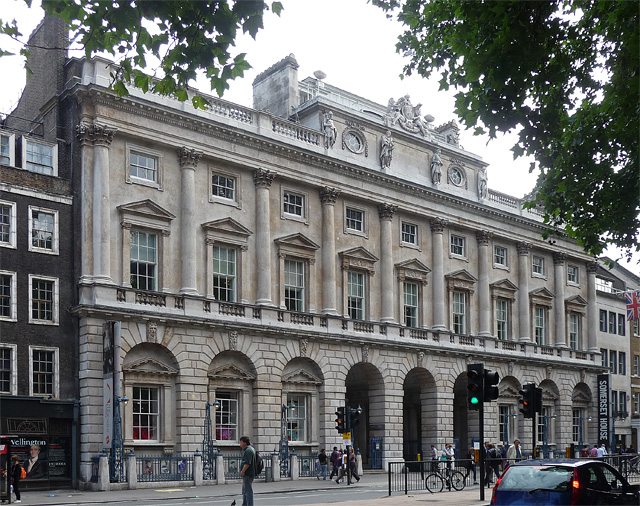The ABC Method to Approach Preservation of Cultural Heritage in Emergencies
If you have ever wondered what to do when facing a pressing and difficult preservation decision, then this method can help.
If you have ever wondered how to balance preservation with sustainability, shrinking resources, user demands, and public accountability, then this method can help.
Finally, if you have ever wondered how to present all this succinctly to decision makers, with transparent priorities, then this method can help
Risks to cultural heritage vary from catastrophic events (such as earthquakes, floods, etc) to gradual processes (such as chemical, physical, or biological degradation). The result is loss of value to the heritage. Sometimes, the risk does not involve any type of material damage to the heritage asset, but rather the loss of information about it, or the inability to access heritage items. So, heritage managers need to understand these risks well so as to make good decisions about protection of the heritage (for future generations) while also providing access for the current generation.
ICCROM (Intergovernamental Organisation devoted to protect Cultural Heritage) and the Canadian Conservation Institute have published the “The ABC Method: a risk management approach to the preservation of cultural heritage”.

The text is presented as a simple user manual for those with risk management and assessment tasks. To briefly summarize its purposes, we can quote the words that the text reports in response to the question Why use it?
“If you have ever wondered what to do when facing a pressing and difficult preservation decision, then this method can help. If you have ever wondered how to balance preservation with sustainability, shrinking resources, user demands, and public accountability, then this method can help. Finally, if you have ever wondered how to present all this succinctly to decision makers, with transparent priorities, then this method can help“
The handbook is based on the five steps of the management cycle (Establish the context, identify risks, analyze risks, evaluate risks, treat risks) and, for each step, three or more tasks are identified, whose complete list
1. Establish the context
- Task 1: Consult with decision makers. Define the scope, goals and criteria.
- Task 2: Collect and understand the relevant information.
- Task 3: Build the value pie.
2. Identify risks
- Task 1: Assemble the appropriate tools and strategies.
- Task 2: Survey the heritage asset and make a photographic record.
- Task 3: Identify specific risks, name them, and write their summary sentences.
3. Analyze risks
- Task 1: Quantify each specific risk.
- Task 2: Split or combine specific risks, as needed.
- Task 3: Review and refine the analyses.
4. Evaluate risks
- Task 1: Compare risks to each other, to criteria, to expectations.
- Task 2: Evaluate the sensitivity of prioritization to changes in the value pie.
- Task 3: Evaluate uncertainty, constraints, opportunities.
5. Treat risks
- Task 1: Identify risk treatment options.
- Task 2: Quantify risk reduction options.
- Task 3: Evaluate risk reduction options.
- Task 4: Plan and implement selected options.
The document is an important study aimed at helping cultural heritage managers and risk assessment professionals in starting the process that limits damages to buildings and artefacts.
The document is freely downloadable from the Canadian Conservation Institute website.







